10 Total-Body Strength Exercises That Are Crucial After 40
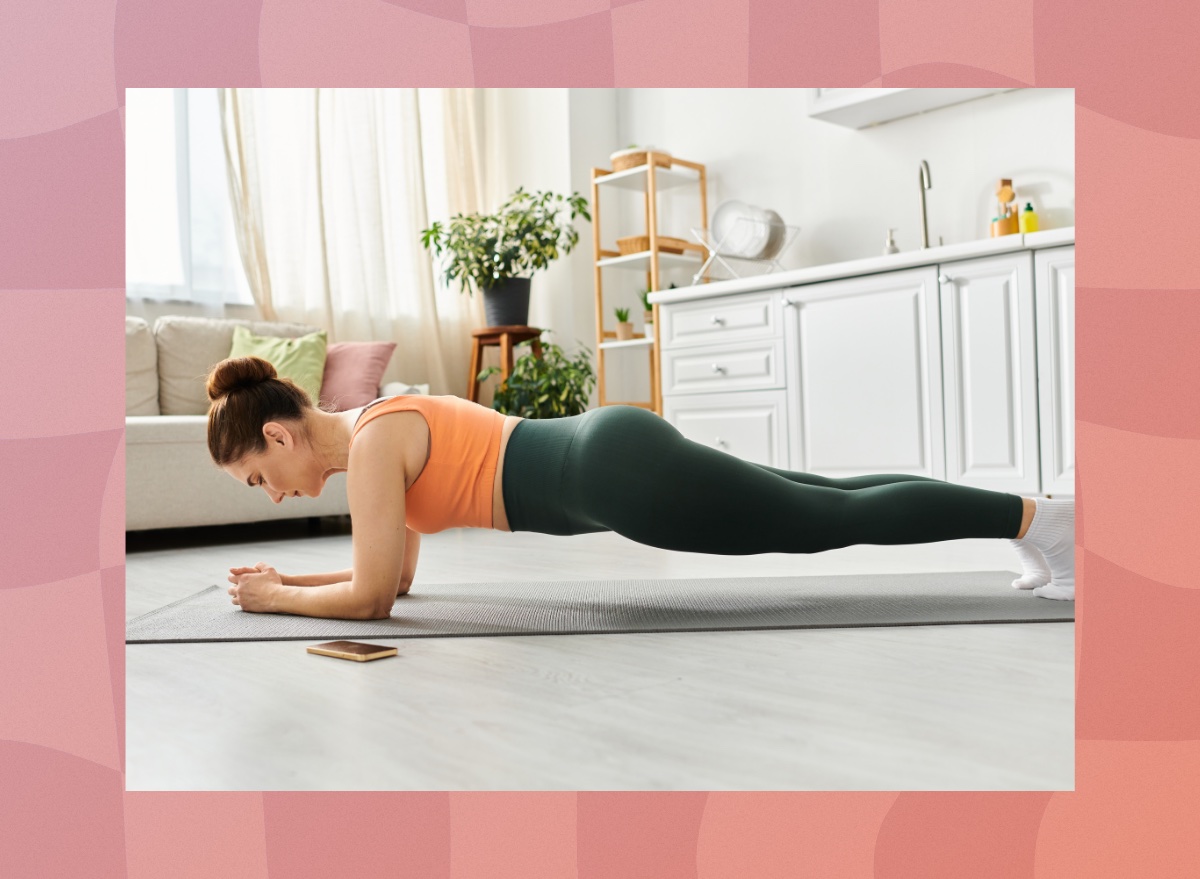
As you navigate your 40s and beyond, focusing on increasing strength, flexibility, and mobility becomes more crucial than ever before. Aging brings on many natural changes. For instance, your muscle mass decreases, your joints can become stiffer, and your bones are more susceptible to breaking. Consider using this information as pure motivation to maintain an active, independent lifestyle and engage in total-body strength exercises.
“It’s safe to say that starting to incorporate weight training prior to 30 is optimal, as muscle mass and strength ‘typically’ peak between 30 to 35 years-old. With that said, it is never too late to start,” says Rachel Pieroni, NASM-CPT and master trainer for Pure Barre. “There’s a fair amount of evidence and research that states that having a strong body with more muscle mass can lead to a longer, healthier, more sustainable life.”
Preserving and increasing strength as you grow older is what Pieroni calls the “cheat code” of life. “We are constantly breaking down old muscle and growing new muscle all the time,” she adds. “Strength training has been proven to enhance one’s quality of life, as it improves the independent ability to do everyday functional movements and activities. It can prevent injuries, build safer joint stability, increase balance, keep strong bones, and reduce the risks of falls as we age.”
In any successful strength training regimen, it’s key to include the seven fundamental human movements: hinge, lunge, carry, squat, push, pull, and rotate. Now, let’s get into Pieroni’s 10 best total-body strength exercises to do after 40 as you continue to grow older.
Squats
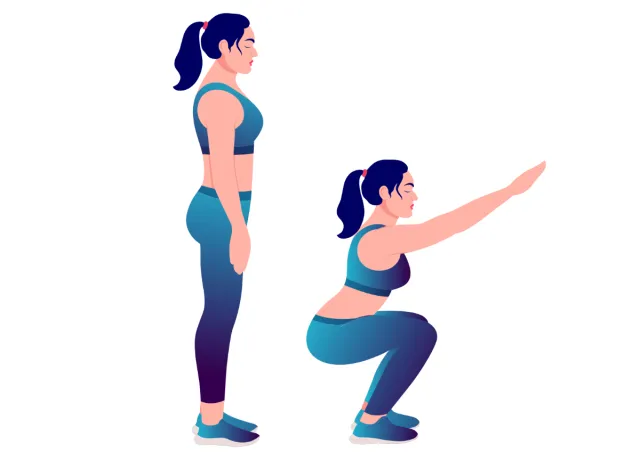
“There are several variations of the squat, including body-weight, goblet squat, sumo squat, back squat, cossack squat, etc.,” Pieroni tells us. “Based on hip mobility and anatomy, the squat involves hinges at three different places on the body: hip, knee, and ankle.”
Begin with your feet planted in a wide stance with your toes facing forward. Then, press your hips back and down as you lower into a squat. Keep your chest tall. As you near the bottom, press back up through your heels. Complete three sets of 10 to 12 reps.
“[The] main focus is using your quadriceps (thighs) and glutes (butt) to move through the movement with great form,” Pieroni adds. “As you get better with form, you can add weight by holding a dumbbell in each hand.”
Deadlifts
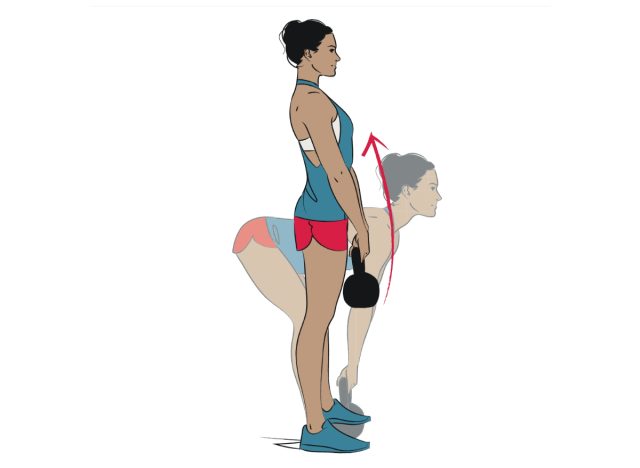
The deadlift is another compound lift that’s incredibly effective for boosting functional strength and fitness. Variations include Romanian, sumo, conventional, single-leg, B-stance, etc.
Begin with the Romanian deadlift. Hold a dumbbell in each hand (or a kettlebell with both hands), stand tall, and place your feet hip-width apart. Softly bend your knees. Position the weights in front of your thighs and pull your shoulders back. Hinge at the hips as you lower the weights down your thighs and shins. Then, push through your heels to stand back up tall. Complete three sets of 10 to 12 reps.
Lunges
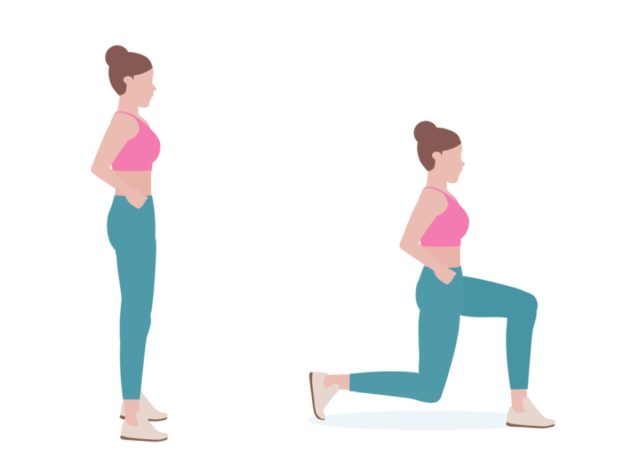
“Lunges offer many benefits from balance to strength,” says Pieroni. “Primarily, lunges increase strength in your lower body, including quadriceps, hamstrings, glutes, and calves. The hamstrings and calves act as stabilizers, while the quadriceps and glutes are the prime movers.”
To perform static/stationary lunges, place your feet hip-width apart. Place your hands on your hips. Bring one foot forward and activate your core as you lower into a lunge, forming 90-degree bends in your knees. Then, push through your front heel to rise back up. Perform three to five sets of 10 to 12 reps per side.
“As you progress, you may uplevel by adding a dumbbell in each hand or performing front lunges, reverse lunges, or walking lunges,” Pieroni suggests. “You may also begin to incorporate other types of lunges, including curtsy lunges and side lunges.”
Overhead Press
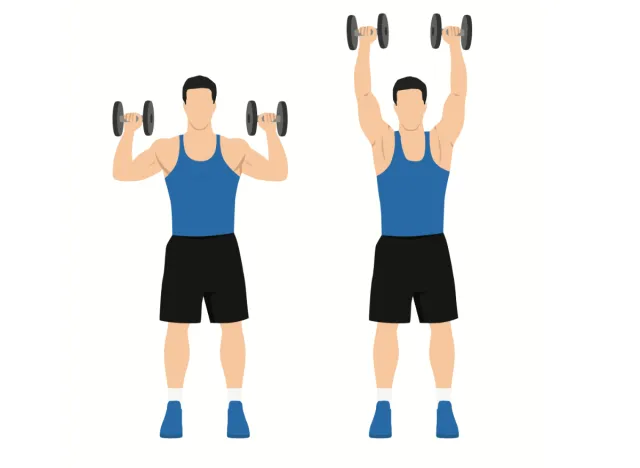
The overhead press can be performed standing or seated. “Whenever weights are placed overhead, your shoulders, core, and back must be involved to maintain a stable lower body,” Pieroni stresses.
For a standing overhead press, hold a dumbbell in each hand. Place your feet hip-width apart. Softly bend your knees and brace your abs. Form a goal post position with your arms. Then, press the dumbbells overhead so they line up with your shoulders. Once you reach the top, start to pull your arms back down to the start position gradually. Complete three sets of 10 to 12 reps.
Chest Press
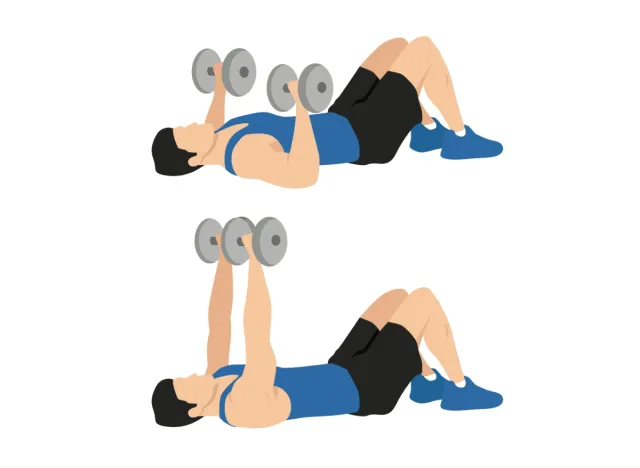
“The chest press works your chest muscles, also known as the pectorals, as well as the shoulders and triceps,” Pieroni says. “This is a classic upper-body strength exercise and can be performed using dumbbells, barbells, or seated upright on a machine.”
For the dumbbell chest press, hold a dumbbell in each hand. You can either lie down flat on a bench or on the ground. If you’re working on a mat, bend both knees and place your feet on the floor. Bring your arms out from your shoulders to 90 degrees, stacking your wrists over your elbows. Make sure your palms face forward. Push through the chest to bring the weights over your body toward the sky. Then, gradually lower the dumbbells back to the starting position. Perform three sets of 10 to 12 reps.
Renegade Rows
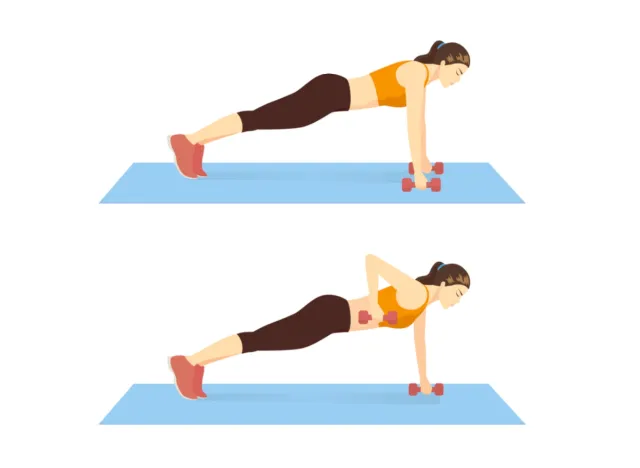
This full-body exercise mainly focuses on your back; however, it also engages the chest, shoulders, and core. “[Renegade rows] are anti-rotational, meaning the core has to work to keep the body still while only moving through the exercise,” Pieroni explains.
Assume a straight-arm plan position, holding onto a dumbbell with each hand. Step your feet back and plant them just outside hip-width. Brace your abs as you bring your left arm up and back, pulling the weight toward the outside of your hip. Then, slowly bring the weight back to the start position and repeat on the other side. Perform three sets of eight to 10 reps as you alternate sides.
Step-ups
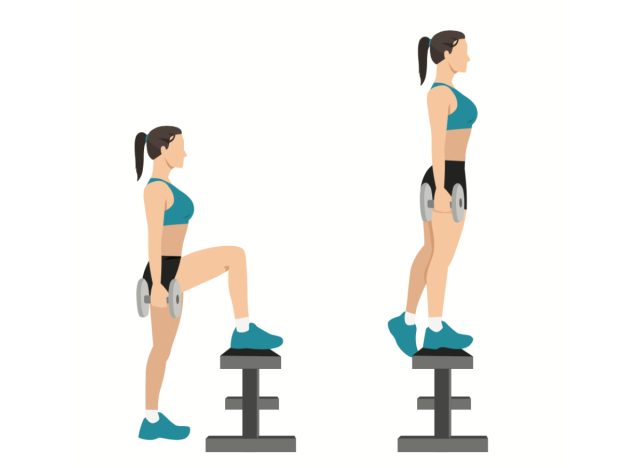
“[This] total-body exercise targets many muscles of the upper and lower body,” Pieroni tells us.
Begin by holding two dumbbells with your arms at your sides. Then, step onto the platform with your left foot; your right foot will follow to meet your left at the top of the platform. Step down to the ground with your left foot, then your right foot. Perform 10 to 20 reps per side, completing all on one side before switching to the other.
Dumbbell Skier Swings
“[The dumbbell skier swing is a] higher-intensity low-impact exercise that works the entire body, primarily the posterior chain,” says Pieroni. “Skier Swings not only increase strength but also improve cardiovascular fitness and power.”
Hold a dumbbell in each hand, and plant your feet hip-width apart, keeping your arms at your sides. Make sure your back stays tall and flat as you swing the weights back and hinge your body forward. Activate your core as you swing the weights forward to shoulder height, mimicking a skiing motion. Perform three sets of 10 to 20 reps.
Pushups
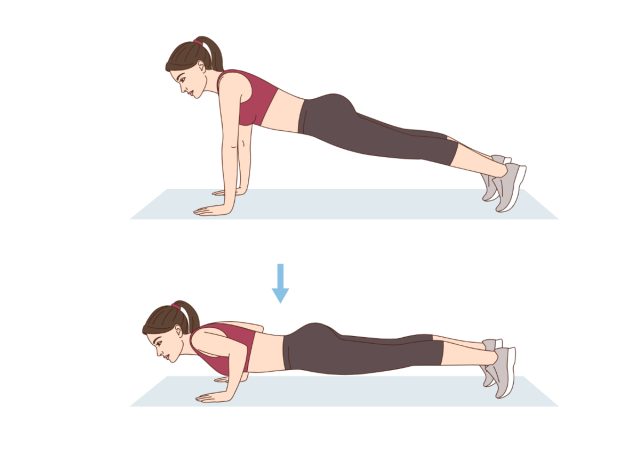
“Pushups are a staple [of strength training and require] no extra equipment,” says Pieroni. “Don’t be fooled; bodyweight training can also build some serious muscle and strength.”
Assume a high plank position with your hands just outside shoulder-width. Kick your legs straight back and maintain a tight core. Shift your gaze forward as you bend both elbows to lower your chest toward the ground. Then, push back up to the start position. Complete three to five sets of as many reps as possible.
Planks
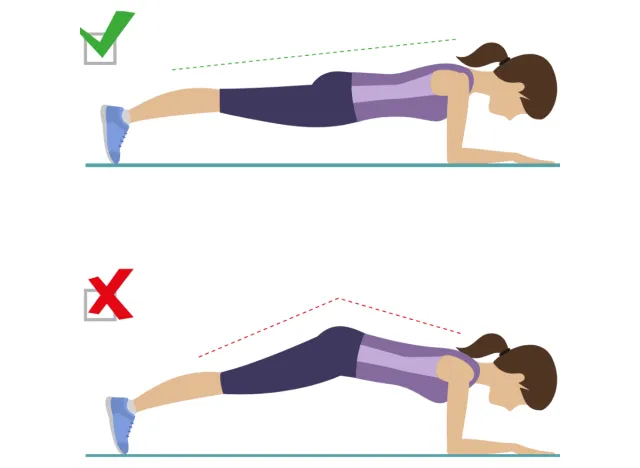
Pieroni dubs the plank “a serious full-body isometric exercise.” She explains, “Planks have been proven to strengthen your core, shoulders, upper back, and lower body. Several variations include straight-arm plank, forearm plank, side planks, etc.”
To perform a forearm plank, place your forearms on the ground parallel to each other. Your shoulders should be stacked over your elbows, and your palms should be planted on the floor. Activate your core, and do not arch your lower back. Begin by holding a plank for one minute. Increase the duration of your plank hold as you progress.
- Source: Muscle tissue changes with aging
- Source: Aging and Bone









